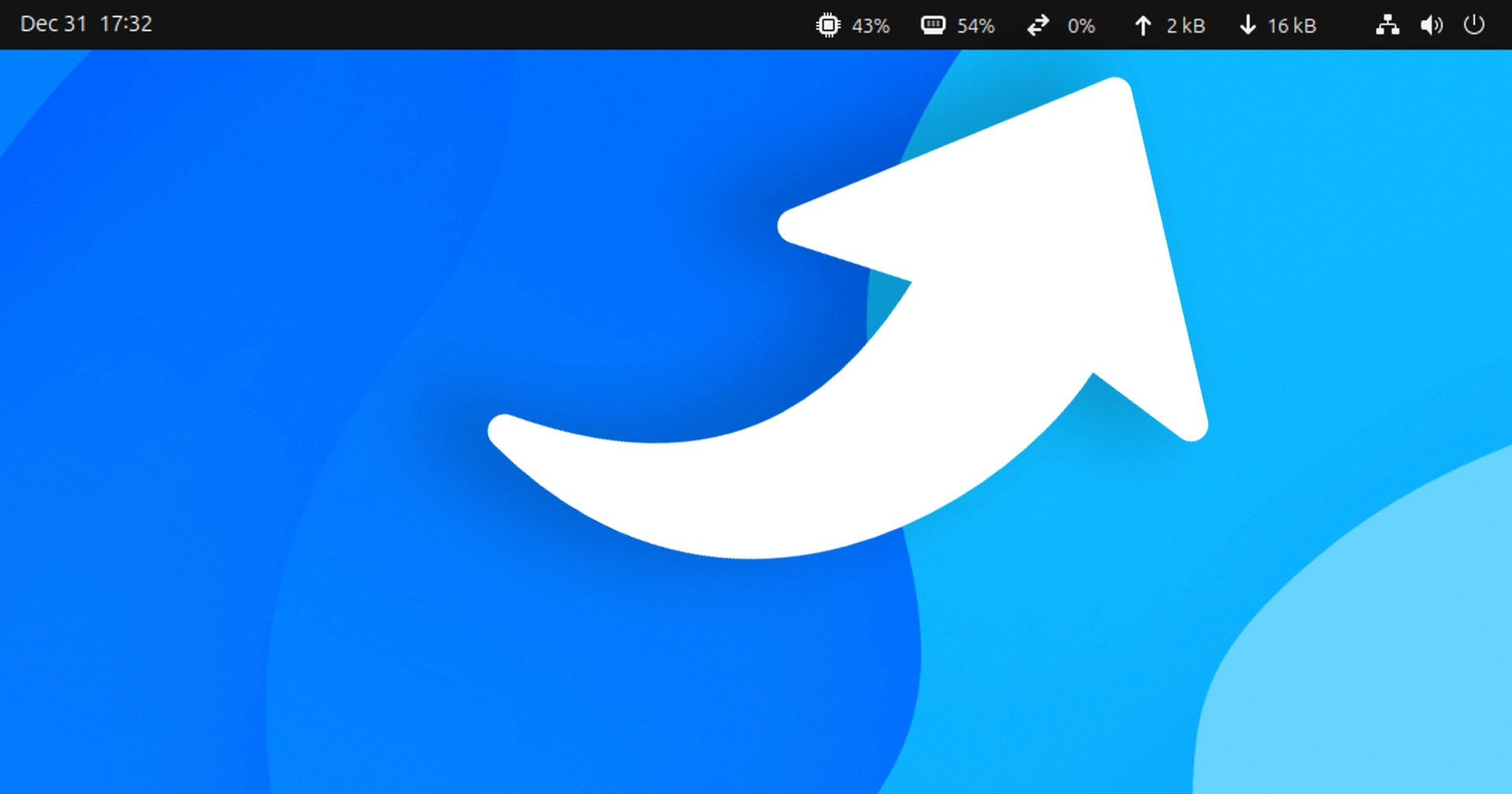Keeping an eye on CPU, memory, and network activity in GNOME Shell is made easy, thanks to an array of community-built extensions tailored-made for the task.
Now, there’s a new option available for users to use — and it’s designed, developed, and supported by GNOME itself.
Why?
GNOME’s Florian Müllner explains:
“A long time ago, we used to include a system monitor extension, that added CPU/memory graphs to the (long gone) message tray. However demand for this type of extensions hasn’t died down, to the point where RHEL includes a revived version of the old extension.”
In light of the continued need, they’ve built a brand-new system monitor extension. The new iteration is unlikely to suffer from the CPU and memory flaws found in the old version.
This extension, like all GNOME-developed extensions, is an optional extra. It is not part of GNOME Shell itself.
Official GNOME System Monitor Extension
I’m sure you’re aware, that there are lots and lots of system monitor style GNOME Shell extensions. Some basic, some customizable, some more resource-friendly than others.
The GNOME System Monitor extension leans more towards the basic. That’s not a negative; complexity can incur cost.
GNOME’s system monitor extension adds a row of icons with relevant loads/speeds reported beside them, covering:
- CPU load (global; not per-core)
- Memory usage
- Swap usage
- Network upload speed
- Network download speed
Some icons, such as the CPU, will change colour when under high load, which is a nice touch as it’s vaguely out-of-the-corner-of-your-eye-catching.
Click on the row of icons to open a menu. From here you’re able to choose which resources appear in the panel, ensuring you only see the stats you’re interested in, the rest hiding.
No preferences are offered beyond this, thus polling intervals cannot be adjusted, items cannot be reordered, all icons cannot be hidden, and so on. However, third-party extensions are available, which offer some or all of these capabilities. Therefore, those who require options already have alternatives.
Don’t understand the need?
Often when I write about extensions of this nature, I get curious comments from readers asking, “why do people use these?”.
There isn’t a single “a-ha – so that’s why!” response I can provide as people’s requirements vary.
There are individuals who consistently utilize extensions such as these, running them continuously during their computer usage. This isn’t unusual, as many Conky scripts in the past also featured real-time system resource usage updates.
On the other hand, there are those, like me, who only install or enable system-monitoring add-ons when necessary. This could be for debugging, problem-solving, or simply due to mild curiosity.
When compared to a standalone system monitor application, having readily viewable statistics in your panel is a significant convenience. They aren’t overlooked by other windows, there’s no need to recall to check them, and there’s a higher likelihood of recognizing CPU/memory spikes when they occur.
Sounds great! When can I use it?
The system monitor extension from GNOME is expected to be incorporated into an update to the optional “gnome-shell-extensions” package, which is slated for release with the upcoming GNOME 46. With Ubuntu having this package in its archives, any updates should be readily available in time for the 24.04 LTS.
Can’t wait till then?
The source code is up for grabs on the GNOME Gitlab.
Alternatively, this extension is likely to make its way to the GNOME Extensions website soon, enabling anyone with a compatible GNOME release to utilize it without the need to wait for their distribution packagers to catch up.
Shout out to prolific GNOME Shell extension developer fthx who let me know about this (and offered an easy way to try it) — appreciate it, buddy!
